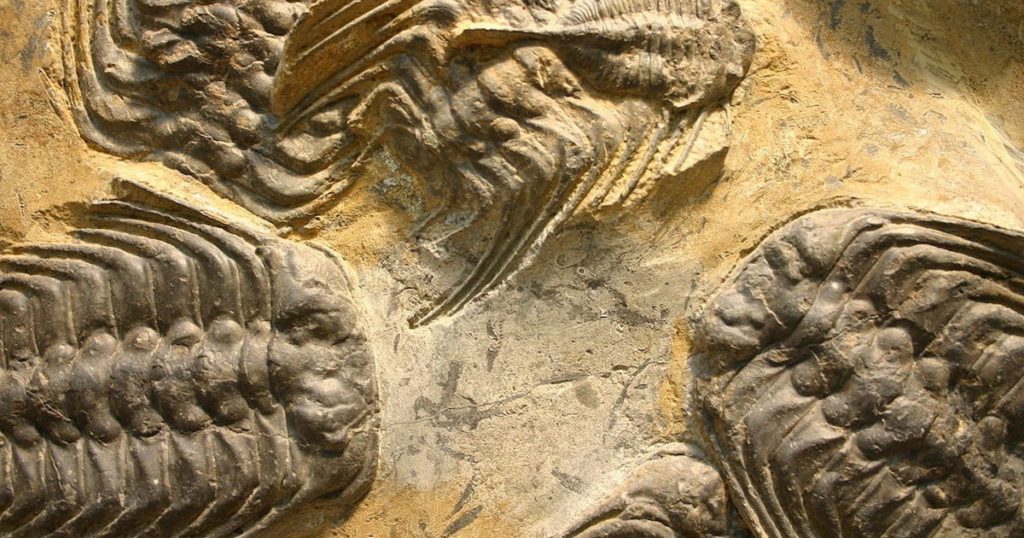 Evolution
Evolution
 Paleontology
Paleontology
The Discontinuous Fossil Record Refutes Darwinian Gradualism

Editor’s note: This article is an excerpt from a chapter in the newly released book The Comprehensive Guide to Science and Faith: Exploring the Ultimate Questions About Life and the Cosmos.
Every theory makes certain predictions. The core prediction of Darwin’s theory of evolution is gradualism, which means that all the transitional changes in the history of life are not supposed to have happened as sudden big changes, but by a continuous accumulation of small changes over vast periods of time. The simple reason is that Darwin wanted a naturalistic explanation and was fully aware that sudden big changes of organisms would require miraculous events. Therefore, he mentioned not fewer than six times in his magnum opus On the Origin of Species the Latin phrase Natura non facit saltus, which means that nature does not make jumps.
If Gradualism Is Wrong
This claim is still made by Darwinians today. The most well-known modern popularizer of Darwinism, the infamous atheist Richard Dawkins, wrote in his 2009 bestselling book The Greatest Show on Earth the following remarkable statement: “Evolution not only is a gradual process as a matter of fact; it has to be gradual if it is to do any explanatory work.” This shows that gradualism is not just one optional element of Darwinism, but that it is very much essential for its success as a naturalistic explanation for the complexity and diversity of life. If gradualism is wrong, then Darwinism is refuted.
Indeed, the fossil record is highly discontinuous and strongly contradicts Darwin’s prediction of gradualism. Even Darwin himself was quite aware of this problem for his theory and therefore tried to explain it away as a mere artifact of undersampling of a very incomplete fossil record. The famous vertebrate paleontologist Philip Gingerich once irritably remarked that “gaps of evidence are gaps of evidence and not evidence of gaps.”
Walks on the Beach
However, such appeals to the incompleteness of the fossil record are no longer tenable. Intelligent design theorist and philosopher of science Paul Nelson cogently explained why: Imagine you have a new hobby, beachcombing. Every day you walk along the shore and collect what the tide washes in. In the beginning you are surprised each day by new discoveries — shells of new types of snails and mussels, starfish, sand dollars, and driftwood, etc. But after a while you are finding mostly the same stuff over and over again, and you must be lucky to find something new that you have not seen before (like a stranded whale or a message in a bottle). When you have reached this point of mostly repetition, then you know that you have sampled enough to be sure that you have not missed much that is out there to find.
The same approach is used by paleontologists for a statistical test of the completeness of the fossil record; it is called the collector’s curve. In most groups of fossils, we have reached this point of demonstrable saturation, where we can be pretty confident that the distinct discontinuities that we find are data to be explained and not just sampling artifacts. There is another reason why we know this: If the gaps and discontinuities in the fossil record were just artifacts, they should more and more dissolve with our greatly increasing knowledge of the fossil record. But the opposite is the case. The more we know, the more acute these problems have become. “Darwin’s doubt” did not get smaller over time but bigger, and if he were still alive, he would likely agree that the evidence simply does not add up, since he was much more prudent than many of his modern followers.
An Appropriate Timescale
Of course, we have to consider the appropriate timescale in Earth history to estimate whether some event in the history of life is abrupt or not. In human history, we would not consider an event that lasts many years (say, decades or a century) to be abrupt. But in biological or geological terms, the appearance of a new group of organisms with a new body plan within, say, a window of time of 5-10 million years is very abrupt indeed. Why is this so? Because the average longevity of an invertebrate or vertebrate species (not an individual organism) varies between 2.5-10 million years. This means that a transition that required 5-10 million years happened within the lifespan of a single species! This is much too short to allow for Darwinian evolution to explain the required changes.
